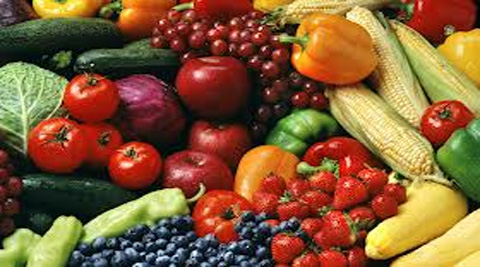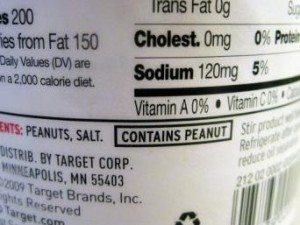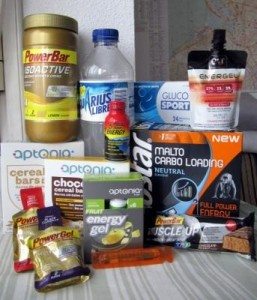However, when this date has passed, the food may lose some of its freshness and flavour, or its texture may have changed. Some of its nutritional value, such as vitamin C content, may also be lost. Remember that “best before” dates are not indicators of food safety, neither before nor after the date. They apply to unopened products only. Once opened, the shelf life of a food may change.
“Best before” dates do not guarantee product safety. However, they do give you the information about the freshness and potential shelf-life of the unopened foods you are buying.
The Indian Food Law, FSS (Packaging and Labelling ) Regulations,2011,notified by FSSAI, defines the terms like , Date of Manufacture , Date of Packing, Best Before Date and Use by Date . The Regulation makes it mandotary that the information about the Date of manufacture or packing and Best Before or Use By Date has to be mentioned on the label on the package of the food product.
The regulations define:
a.“Date of manufacture” means the date on which the food becomes the product.
b. “Date of packaging” means the date on which the food is placed in the immediate container in which it will be ultimately sold;
c. “Best before” means the date which signifies the end of the period under any stated storage conditions during which the food shall remain fully marketable and shall retain any specific qualities for which express claims have been made and beyond that date, the food may still be perfectly safe to consume, though its quality may have diminished. However the food shall not be sold if at any stage the product becomes unsafe.
d.“Use – by date” or “Recommended last consumption date” or “Expiry date” means the date which signifies the end of the estimated period under any stated storage conditions, after which the food probably will not have the quality and safety attributes normally expected by the consumers and the food shall not be sold.
7.1 Date of manufacture or packing:
The date, month and year in which the commodity is manufactured, packed or pre-packed has to be given on the label in the prescribed manner :
In case the Best Before Date of the product is more than three months then only the month and the year of manufacture, or prepacking is required to be mentioned.
In case the packaged food product has a short shelf life of less than three months than the date, month and year in which the food commodity is manufactured, prepared or pre-packed is required to be mentioned.
7.2 Best before and Use By Date:
The month and year in capital letters up to which the product is best for consumption has to be mentioned on the label, as given below :—
“BEST BEFORE ……..MONTHS AND YEAR
OR
“BEST BEFORE ……..MONTHS FROM PACKAGING
OR
“BEST BEFORE …………MONTHS FROM MANUFACTURE
In case of packages containing the food commodity of perishable nature which has a short shelf life i.e. pizza, doghunts,khoya, paneer etc. The date, month and year in capital letters up to which the product is best for consumption has to mentioned on the label as given below.
“BEST BEFORE ……….DATE/MONTH/YEAR”
OR
“BEST BEFORE……..DAYS FROM PACKAGING”
OR
“BEST BEFORE …….. DAYS FROM MANUFACTURE”
In case of Aspartame and Infant milk substitute and Infant Foods, Use by Date/recommended last consumption date/expiry Date has to be mentioned. Best Before Date is not required to be given on such packages.
In case of wines liquors and alcoholic beverages containing more than 10% of alcohol, Best Before Date, Use by Date or Expiry Date is not required to be mentioned.
From the manufacturer or packers point of view it is important to note that he has to ensure that his unopened pre-packaged food , when stored under appropriate conditions, retains its freshness, taste, nutritional value and all other claimed qualities , atleast upto its Best Before Date.
If there are any particular storage conditions for the product to maintain its shelf life, these must be pointed out. However, as a rule it is recommended to always describe the necessary storage conditions for a food product.
Shelf life should be established for all products by conducting planned and carefully executed
shelf life studies.
To make sure food lasts until its date, it’s important to mention storage instructions, such as ‘Keep refrigerated’ and ‘Store in a cool, dark place’ on the label.
A consumer will always be interested to know about the life of a packaged food product, so the label should have the information about the date of manufacture or packing and best before or use by date.























